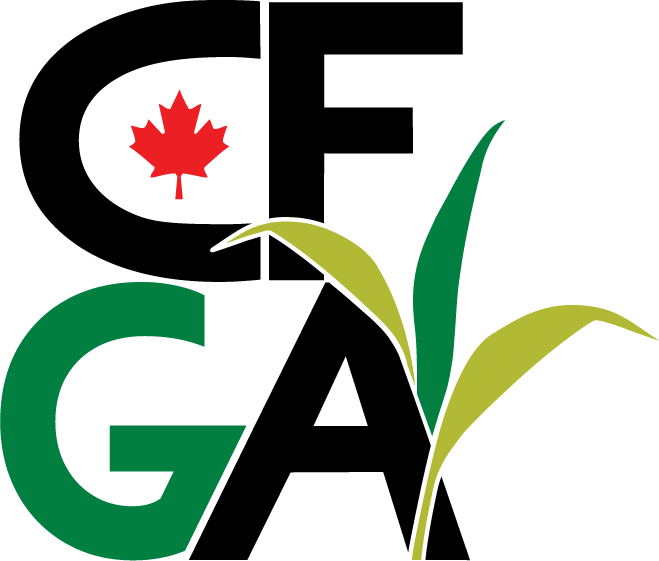During this session, Vincent Audet discussed best practices for silage bunk management and feedout to maximize animal performance and minimize feed waste.
Vincent Audet has worked in Quebec, Ontario and throughout the rest of Canada and has a strong commitment to finding solutions to improve the efficiency of Canadian agriculture. Vincent Audet is a graduate of the ITA in Rural Engineering Technology. He’s held several positions in the field of agricultural machinery, including sales/service, product management, product specialist and area manager for sales.
Best practices include:
· Using horizontal silos, considering the dimensions and room to grow in the future. As a tractor fills this system, it needs to move slowly to pack.
· Use cover.
· Movement through the silage must be 10 centimetres in winter and 25 centimetres in the summer. Preparation for this includes tarps, a packing system by weight, time required for proper packing and special attention to the quality of silo ends since this is the feed.
· Sometimes farmers should consider making two silos instead of one for packing efficiency with tractors harvesting.
· Keep in mind that during the phases of fermentation, losses can occur.
Vincent said the following tools are useful for integrating silage mixes:
Mounting head buckets allow scooping and mixing of silage layers.
Silage grabs use forks to grab from silage face and put it into a hopper for mixing.
Grapple buckets are used for the scraping silage face, but are demanding on the tractor. This tool is multiuse and can be used on hay.
Clams fitted with knives cut chunks of silage, progressively. The downside is it is a heavy tool.
A combination of bucket with alternating saw can cut chunks of silage without putting pressure in the pile so air exchange doesn’t occur in silage. This requires some maintenance of the saw, but with the advantage of quality silage.
Block cutters do not disturb larger silage and have delicate operation.
Milling heads cut for immediate loading on self-propelled mixer have delicate operation, but require knife maintenance. It is suggested to use near infrared content to ensure consistent dry matte loading into the mixture.
Vincent noted that different tools cause different reheating in silos. For example, milling heads cause more incorporation of air and reheating, whereas block cutters disturb less and cause less reheating.
Vincent recommends filling to the minimal height required. It takes more time to do it well, but farmers will save money with the best quality silage. The same goes for maintaining equipment.
Moving forward, farmers should put covered sheds over silage, have kitchen and automatic feeding systems using packed blocks of silage or have robots that do the whole process, eliminating the kitchen.
Vincent wants to help dairy farmers be the most efficient they can with the silage grown on their farm. This will maximize animal performance and minimize feed waste.
Hyperlinks:
https://www.canadianfga.ca/staff/vincent-audet-22/
Back to Most Popular



Leave a Comment